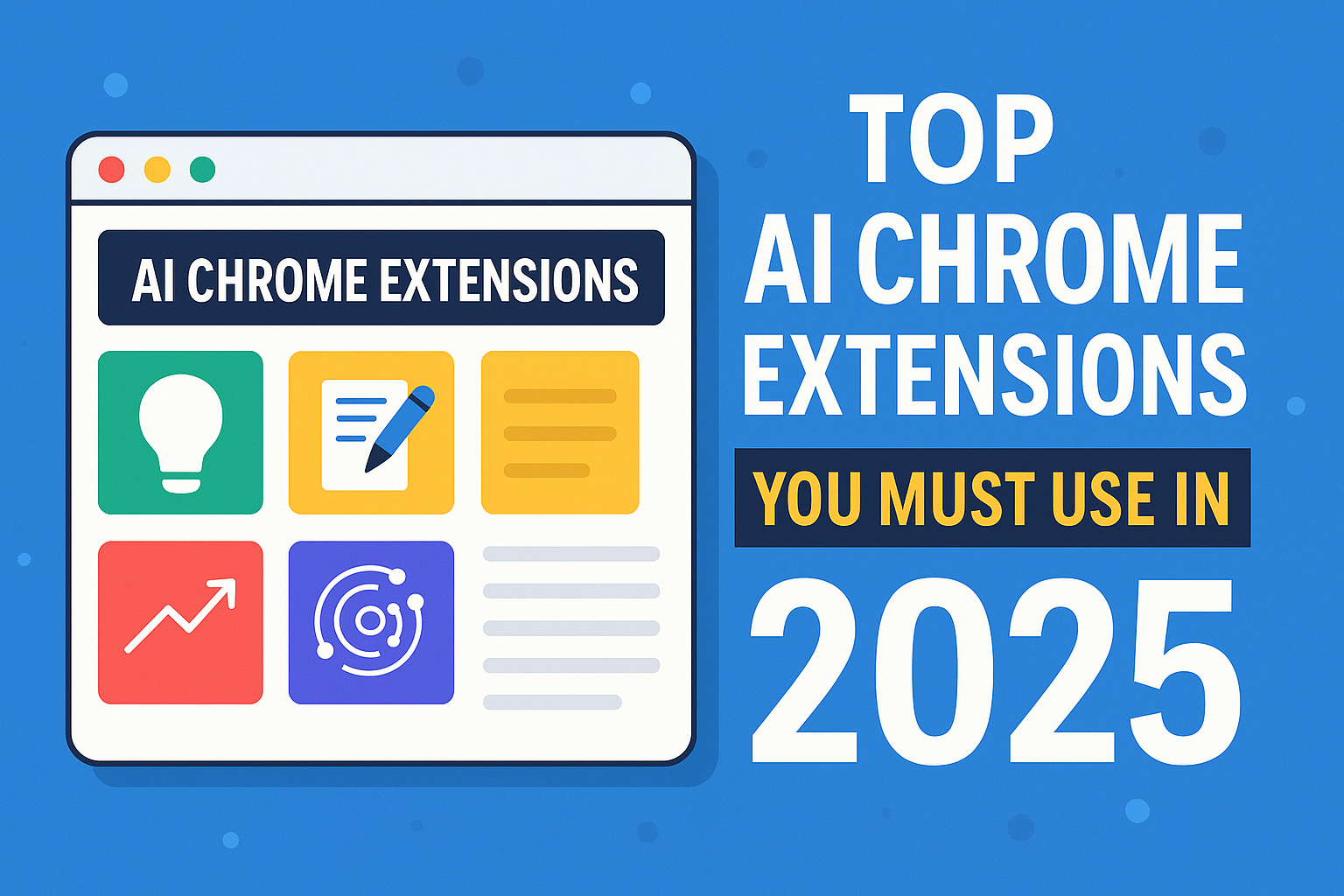Introduction The world is at a crucial turning point in the fight against climate change. As environmental issues escalate, so does the demand for solutions that are both sustainable and scalable. In 2025, green technology has emerged as a game-changer, transforming how we produce energy, travel, build, and live. In this blog, we’ll dive deep into the most impactful green technology innovations of the year and how they’re setting the stage for a greener tomorrow.
1. Advanced Solar Panel Technology Solar energy has seen impressive advancements in 2025. Thanks to breakthroughs in perovskite solar cells, modern panels are now:
- 40% more efficient than traditional silicon panels.
- Flexible and lightweight for wider applications.
- Cheaper to produce, making solar energy accessible globally.
Governments worldwide have also incentivized solar adoption, with tax breaks and grants promoting residential and commercial solar setups.
Internal Link: Read our blog on “Top 5 Renewable Energy Trends in 2025.”
2. Carbon Capture and Storage (CCS) 2.0 New-generation carbon capture technologies have drastically reduced emissions from industries and power plants. Key highlights:
- Portable CCS units now available for smaller factories.
- Direct Air Capture (DAC) can pull CO2 straight from the atmosphere.
- Captured carbon is now being used to create eco-concrete and synthetic fuels.
External Link: International Energy Agency – CCS Technology Update
3. Green Hydrogen as Clean Fuel Green hydrogen, produced via electrolysis using renewable power, is revolutionizing the energy sector:
- Powering hydrogen fuel cell vehicles.
- Being used in heavy industries like steel and cement.
- Major infrastructure development underway across Europe and Asia.
Alt Text for Related Image: Green hydrogen fuel station of 2025 with eco-friendly vehicles.
4. Smart Grids and AI-Powered Energy Distribution AI and IoT have enhanced smart grid systems in 2025 to:
- Predict and balance power loads.
- Integrate renewable energy sources efficiently.
- Prevent blackouts and reduce energy waste.
Cities like Amsterdam and Tokyo have already achieved over 95% energy efficiency using AI-powered smart grids.
5. Electric Mobility and Sustainable Transport EV adoption continues to rise due to:
- Extended EV battery ranges (up to 1,200 km on a single charge).
- Solar-powered EV charging stations.
- Introduction of electric air taxis and autonomous public transport.
Internal Link: See “How EVs Are Taking Over the Auto Market in 2025.”
6. Eco-Friendly Construction Materials In 2025, green construction is more than a trend:
- Use of hempcrete, bamboo composites, and carbon-negative concrete.
- Smart windows that auto-adjust to light and temperature.
- 3D-printed homes using recycled materials.
Builders and architects now prioritize net-zero designs to reduce the lifetime carbon footprint of buildings.
7. Circular Economy in Action Circular economy practices are gaining momentum:
- Businesses are designing products for reuse, remanufacture, and recycling.
- Fashion brands launching eco-friendly, recyclable clothing lines.
- E-waste recycling plants recovering precious metals sustainably.
External Link: Ellen MacArthur Foundation – Circular Economy Insights
8. Vertical Farming and Urban Agriculture To counter urban space constraints and food insecurity:
- Vertical farms using 95% less water than traditional agriculture.
- LED lighting tailored for each plant’s growth cycle.
- AI monitoring to reduce pesticides and energy use.
Cities are turning rooftops and warehouses into hyper-efficient farms.
9. Ocean Clean-Up Robotics Innovative robotics are cleaning our oceans:
- Autonomous drones removing microplastics.
- Underwater robots monitoring coral reef health.
- Floating waste collectors processing tons of marine trash daily.
10. Biodegradable and Edible Packaging Plastic pollution is combated by:
- Seaweed-based packaging that decomposes within weeks.
- Edible food wrappers made from rice, potato, and corn starch.
- Compostable alternatives now widely accepted in retail and food industries.
Alt Text: Biodegradable packaging on shelves of a sustainable supermarket in 2025.
Conclusion As we move through 2025, it’s clear that green technology isn’t just a hopeful idea—it’s a global movement shaping how we live and work. These innovations are not only helping to reverse climate damage but are also fueling new industries, job creation, and economic growth. The path to a sustainable future is being built today, one breakthrough at a time.
If you’re inspired by these green innovations, explore our other blogs on sustainability, technology, and the environment.





2 thoughts on “The Rise of Green Technology: Top Innovations Shaping a Sustainable Future in 2025”